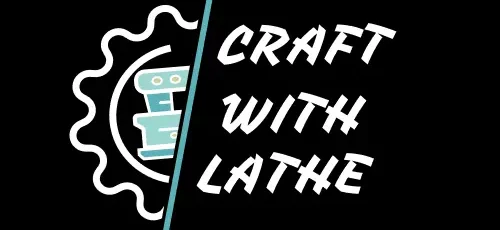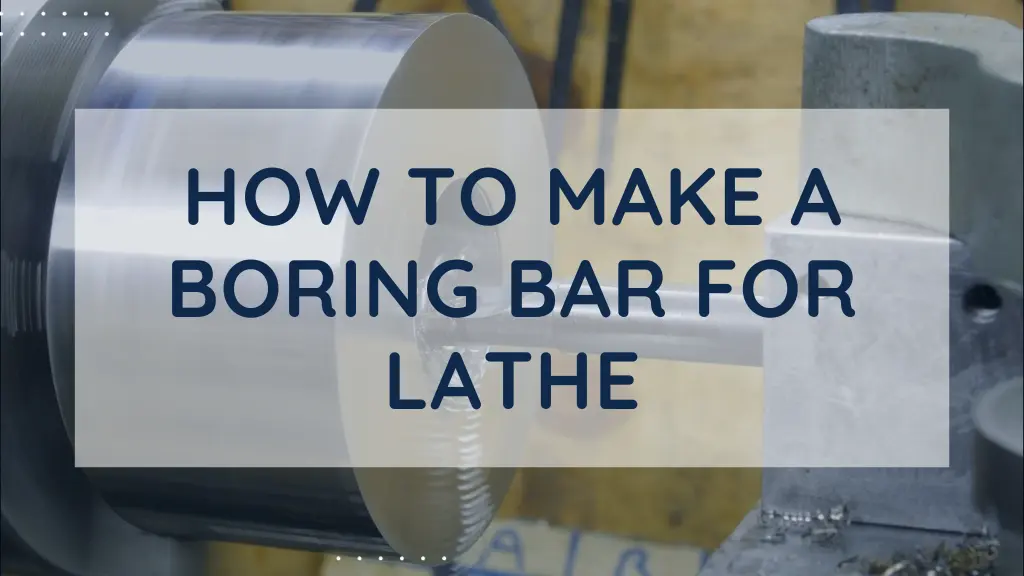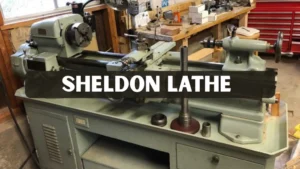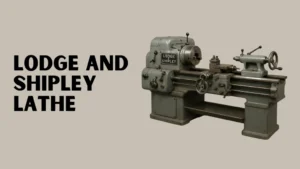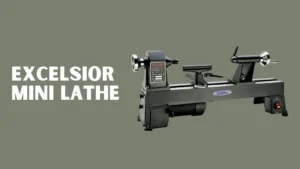Explore the essential ways and considerations for making a boring bar for a lathe, ensuring that you have a tool acclimatized to your specific requirements. The length and periphery of the boring bar and the figure of the slice head play vital roles in its effectiveness. You can produce a custom tool that meets your specific machining requirements.
A boring bar is a pivotal tool in a machinist’s magazine, particularly when it comes to enhancing the perfection and effectiveness of lathe operations. While colorful, marketable, boring bars are available on request, casting your own can be a satisfying and cost-effective bid.
Understanding the Basics
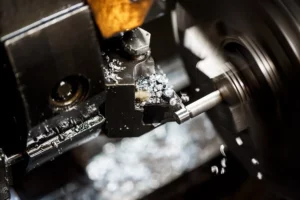
Before embarking on the journey of creating your boring bar, it’s pivotal to understand the fundamentals of its design and function. A boring bar is a slice tool to enlarge and upgrade holes in a workpiece. It consists of a cutter, secured in the lathe’s tool holder, and a sliced head, generally featuring an interchangeable carbide insert.
Materials and Tools Required
You will need the following accouterments and tools to produce a custom boring bar.
- Bar Stock: Choose a high-quality sword or carbide bar stock for the main body of your boring bar. The material should be sturdy enough to repel the forces and stresses encountered during machining.
- Carbide Inserts: These inserts serve as the cutting edge of the boring bar. Carbide is a popular choice due to its continuity and resistance to wear. Elect inserts are grounded on the type of material you will be machining.
- Lathe Tool Holder: The cutter of the boring bar needs to fit into a lathe tool holder securely. Ensure comity between the boring bar’s confines and the tool holder.
- Cutting Fluid: Cutting fluid reduces disunion and heat during machining. It also helps in chip evacuation and prolongs the life of the slice tools.
- Measuring Tools: Calipers, micrometers, and other perfection measuring tools are pivotal for icing the delicacy of your boring bar’s confines.
Techniques Used for Design Considerations
- Length and Periphery: The length of your boring bar should be chosen based on the depth of the holes you intend to machine. The periphery must be named to match the size of the spot you’re boring.
- Shank Design: The cutter of the boring bar must be designed to fit snugly into the lathes‘ tool holder. Consider factors similar to the tool holder’s size and the tool’s exposure to the workpiece.
- Cutting Head Figure: The slice head’s figure, including the rake and concurrence angles, significantly influences cutting performance. Relate to machining attendants or consult experts to determine the most suitable figure for your operation.
Manufacturing Process of Making Boring Bar for Lathe
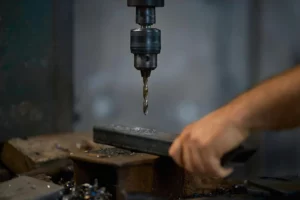
- Cutting Bar Stock: Begin by cutting the bar stock to the asked length using an aphorism or a lathe. Ensure that the ends are squared off for accurate machining.
- Turning and Facing: Mount the bar stock in the lathe and turn and face both ends to achieve the asked periphery and face finish. This step ensures a precise fit in the lathe tool holder.
- Shaping the Shank: If necessary, shape the cutter to fit the lathe tool holder. Depending on the design conditions, this may involve turning, mulling, or grinding.
- Fit Pocket: Produce a fund on one end of the boring bar to hold the carbide insert securely. The confines of the fund should match the specifications of the insert.
- Installation: Mount the carbide insert in the fund, icing it’s secured tightly. Follow the manufacturer’s guidelines for proper installation.
- Final examination: Use measuring tools to corroborate the confines of your boring bar, including length, periphery, and fit placement. Make any necessary adaptations to ensure perfection.
Significant Usage of Boring Bar
Enlarging Holes with Precision
The primary usage of a Boring bar is exceeded in enlarging holes to specific confines with a high degree of perfection; unlike traditional drilling styles, which may not give the needed delicacy, a boring bar allows machinists to achieve tight forbearance essential for colorful operations, similar as befitting comportments or create precise lovemaking shells.
Versatility in Hole Size and Depth
Boring bars offer versatility by accommodating various hole sizes and depths. Machinists can acclimate the boring bar’s confines, including length and periphery, to match the specific conditions of the workpiece. This rigidity makes boring bars suitable for various systems across different diligence.
Bettered Surface Finish
The cutting action of a boring bar, especially when equipped with a carbide insert, results in a smoother face finish inside the crafted hole. This is pivotal for operations where a high-quality finish is essential, similar to the product of machine cylinders or other factors taking close forbearance.
Reduced Tool Vibration and Chatter
Boring bars are designed to minimize tool vibration and chatter during machining. This is particularly important when working with long dullsville or intricate shapes. The stability of a boring bar contributes to the machining operation’s overall effectiveness and extends the tool’s life.
Enhanced Chip Control
The design of boring bars frequently includes features to facilitate chip control during the slicing process. Effective chip evacuation is pivotal for precluding chip buildup, leading to poor face home stretches, tool wear and tear, and implicit damage to the workpiece.
Cost-Effective Result
Using a boring bar can be a cost-effective result for machinists, especially compared to other hole blowup styles. By choosing or casting the right boring bar for the job, machinists can achieve accurate results without needing technical, precious outfits.
Operations in Colourful Diligence
Boring bars find operations in a different range of diligence, including automotive, aerospace, and general manufacturing. Whether creating precise dullsville for machine factors or producing accurate holes for assembly in aerospace structures, the versatility of boring bars makes them necessary in numerous machining scripts.
Conclusion
You are discussing How to make a boring bar for lathe that can be a fulfilling design for machinists and potterers. By understanding the crucial design considerations and following a systematic manufacturing process, you can produce a custom tool that meets your specific machining requirements. Whether working on a professional design or honing your chops in the factory, a well-drafted boring bar will surely enhance the delicacy and effectiveness of your lathe operations.
FAQ’s
Why make your boring bar?
Casting your boring bar ensures a customized tool acclimatized to your specific requirements, accouterments, and machining tasks. It’s a cost-effective, educational experience that deepens your understanding of machining principles.
What accoutrements are suitable?
Conclude for high-quality sword or carbide for the main body, icing continuity. Carbide inserts for cutting heads offer hardness. Material choices should align with your machining tasks and budget.
How do we determine confines?
Consider hole depth and periphery for length and periphery confines. Ensure a secure fit in the lathe tool holder. This relates to machining attendants for suitable slice head figures for your operation.
